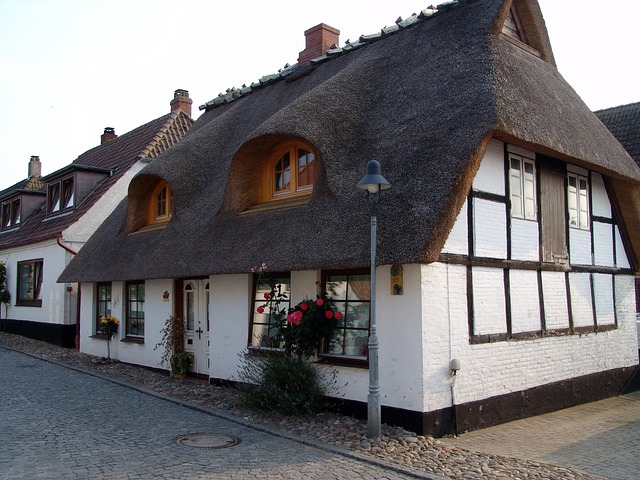- Understanding Flat Roof Systems and Their Installation Process
- The Role of Expertise in Flat Roof Installation for House Roofs
- Evaluating Different Types of Flat Roofing Materials and Their Benefits
- Step-by-Step Guide to Professional Flat Roof Installation on Residential Properties
Understanding Flat Roof Systems and Their Installation Process
The Role of Expertise in Flat Roof Installation for House Roofs
Evaluating Different Types of Flat Roofing Materials and Their Benefits
When assessing various types of flat roofing materials for a house roof, it’s crucial to consider factors such as durability, sustainability, and cost-efficiency. Ethylene propylene diene monomer (EPDM) roofing is a synthetic rubber membrane known for its longevity and resistance to extreme weather conditions, making it a reliable choice for flat roof installations. Another option, thermoplastic olefin (TPO), offers similar benefits with enhanced reflectivity, contributing to energy efficiency and potentially reducing cooling costs. Both materials are highly regarded in the roofing industry for their performance and longevity, often outlasting traditional bituminous roof systems.
In addition to EPDM and TPO, modified bitumen roofing is a popular option due to its balance of cost and functionality. This material is composed of asphalt that’s been reinforced with fiberglass or polyester and then combined with different modifiers to enhance its resistance to thermal shock, foot traffic, and weather exposure. When installed by expert professionals, modified bitumen roofing can provide a durable and watertight seal for flat roofs on residential buildings. Each material has unique properties, and the choice should be tailored to the specific needs and environmental conditions of the structure it will protect.
